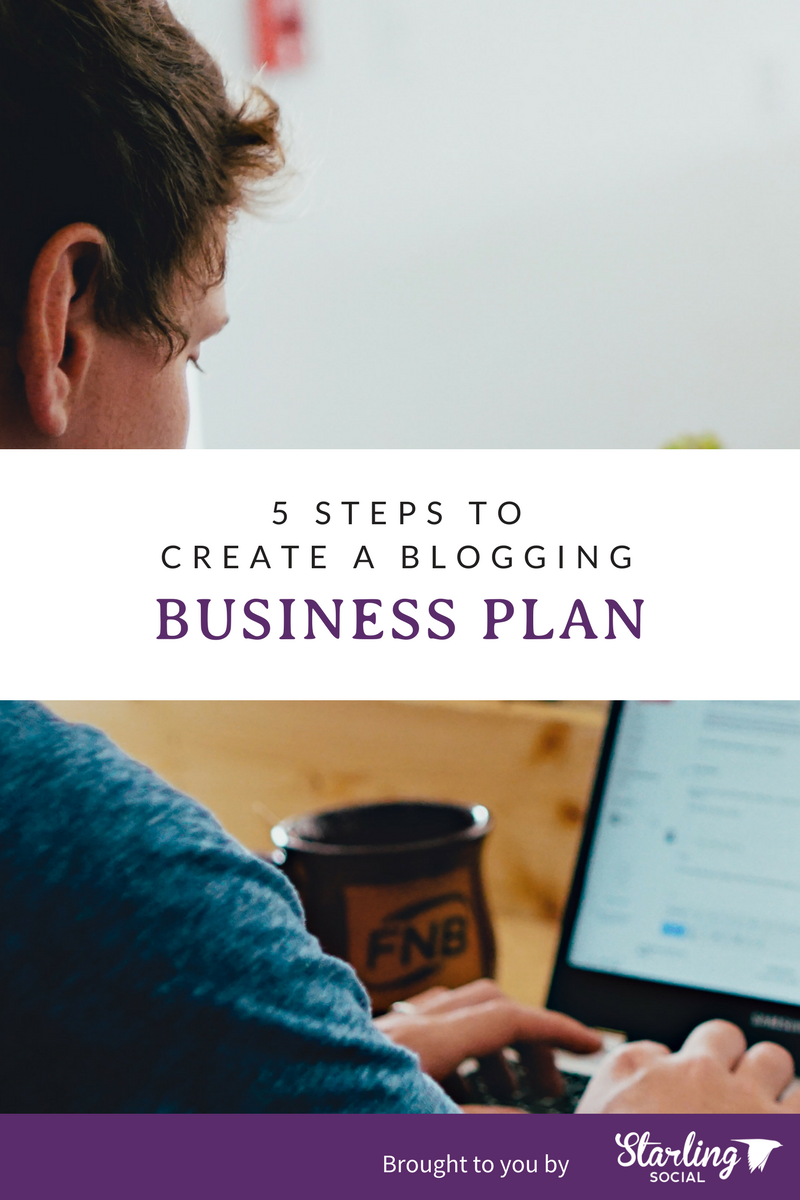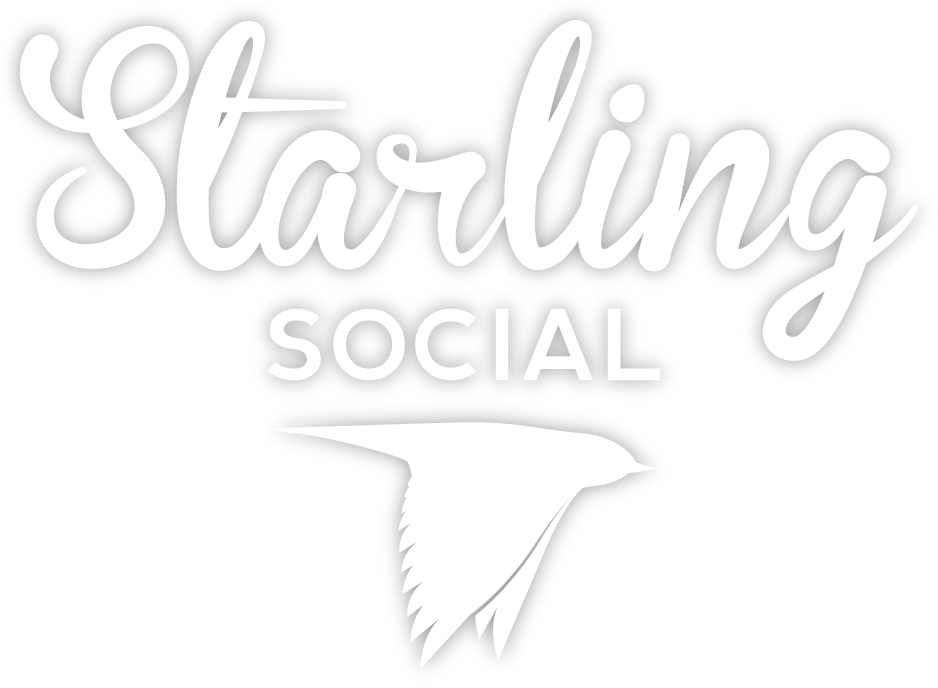Tagged: content marketing
Don't Fear the Machine: What Marketers Need to Know About Artificial Intelligence
- by Alyson Shane
Lately there's been a lot of wringing of hands and gnashing of teeth around the boom in artificial intelligence (AI), and fears that it may replace the role of marketing experts in the future.
At the surface, this seems like a legitimate worry. Recently McKinsley Quarterly stated that “while automation will eliminate very few occupations entirely in the next decade, it will affect portions of almost all jobs to a greater or lesser degree, depending on the type of work they entail."
In fact, Gartner predicts "by 2018, 20% of all business content will be authored by machines.”
If this sounds scary, we understand. But take a page out of The Hitchhiker's Guide to the Galaxy and DON'T PANIC. We're here to explain what you need to know about AI, marketing, and how marketers can look at this emerging technology as a friend rather than an enemy:

AI is Still in It's Early Stages
When most people think of 'AI' they don't get into the nitty-gritty of what artificial intelligence actually is, and the differences between the different kinds of emerging AI. There are actually a lot of different things that fall into the "AI" category, including:
Machine learning
This type of AI allows computers to learn without being explicitly programmed to do so. Machine learning is similar to data mining, and focuses on the development of programs which can change when exposed to new data.
Deep learning
This type of AI uses artificial neural networks which are equipped with multiple layers. These layers use output from the previous layer as input, and as a result can learn multiple levels of representations which can then be abstracted into hierarchical layers of concepts.
Natural language generation (NGL)
NGL systems are like AI translators which can take data into a natural language representation (aka text). For example, you can feed your data into an NGL AI and it can provide a text summary of all the information you fed it.
Not only are these types of AI tasked with solving different problems, but they're also at varying levels of maturity. So, yes, while these technologies are being developed and applied in various areas, they're not going to be replacing you anytime soon.
What Marketers Need to Know
The best way to feel better about AI is to start to experiment with how you can start using it to make your job easier. After all, that's what the tools are designed to do.
Whether it's sourcing new content ideas for your social media calendar; automating and optimizing your content so it's seen by the widest possible audience; perform A/B testing on content to see which your audience likes best; or reviewing analytics and producing recommendations and suggestions based on the data, there's lots of ways that us marketers can start thinking of ways to incorporate AI to make our lives easier.
AI Depends on Data
Regardless of the kind of AI you're worried about, one common factor is this: AI requires both structured and unstructured data in order to create customized solutions for your clients. This means that larger, enterprise businesses will be the first to start seeing any benefits from AI, since they tend to have larger data sets to pull information from.
Lots of marketers are worried about NLG AI taking away their content generation, but AI created for this purpose still can't create prose by itself. It requires a formatted template and data sources in order to generate content that makes sense, let alone feels as though it was written by a (very stiff) human.
This is especially important since so many brands and businesses now rely on savvy, provocative content and copy that stands out, so until AI can accurately generate a snappy tweet or add some tszuj to a blog post you're in the clear.
What Marketers Need to Know
Instead of worrying about what AI can take away from you, why not re-frame the idea and look at the ways that AI can start to make your job easier?
Start by assessing the data you have, and how you can use AI to take all of that information and start to generate things like insights and analysis, predictable outcomes, improving content, and more. Just ask yourself a few questions to get started:
- What kind of data do I have on-hand?
- Is it structured (columns and rows) or unstructured (documents and social media posts)?
- What kinds of stories could NGL AI tell using this data?
- Are there any tasks I can automate using AI technology?
Conclusion: AI Isn't Coming For You... Yet
Currently AI is still very much in its infancy, which means that marketers can breathe a sigh of relief - for now.
However, instead of sticking your head in the sand and hoping the future never comes, we suggest looking critically at the ways that you can start to work AI into your workflow and actually make your job easier.
Sure, your future self may not be writing every single Tweet or generating ever report, but is that really so bad? Just think of all the research, learning, strategizing, and analysis you'll be able to do your newly-freed-up time, and the added value that it will give to your clients.
Got questions about your content marketing? Give us a shout and ask away! We're happy to help.
How to Take Better Social Media Photos for Your Business
- by Alyson Shane
One of the easiest ways to grow your business and communicate value to your customers is to use social media to showcase who you are and develop an easily recognizable brand.
Once upon a time businesses had to rely almost exclusively on professional photographers to showcase their products, services, and brand values, but in the era of smartphones it's easier than ever to capture beautiful, professional-looking photos for your Instagram and other social media feeds quickly and easily.
Just follow these tips to create high-quality, share-worthy photos to help your business grow and thrive online:

Take Different Approaches to Your Visual Content
As a business owner, you’re constantly on-the-go meeting clients and developing ideas, so use this as an opportunity to capture the beauty of these everyday activities by taking photos of otherwise “normal” events.
When leading a workshop, take a crisp photo of the whiteboard. If you have a client meeting, be “that” person and snap a pretty picture of some latte art next to your notebooks. Take photos of your workspace, or the places your business is operating.
Running a business is a form of art, so represent even the most unglamorous occasions with beauty and watch the Likes, comments, and engagement roll in.
Use Videos and Animated Content
It's important to try to break up your content and keep it fresh and engaging - nobody wants to look at the same sorts of photos on their social feeds, no matter how nice they may be. Capturing yourself in your daily grind helps viewers build a relationship with the individual behind the brand, and provides a genuine insight of your daily life.
An easy way to create visual content that keeps your audience engaged is to shoot videos and create gifs using tools like Boomerang to spice up your day-to-day visual content.
Videos and Boomerangs can be especially useful if you're promoting a business that has a lot of physical activity involved, or where you do a lot of setting up and tearing down. Invest in a tripod for your phone and use an app like Hyperlapse to record a fast and fun video to share with your audience.
Spend some time playing around with different videos and Boomerangs and experiment with different angles, video lengths, using time-lapses to showcase your daily operations, and more!
Be Mindful of Your Lighting
Lighting is everything when it comes to creating engaging and interesting photos, so it's important to take elements like lighting and brightness into consideration when taking photos.
As helpful as lighting kits can be, they are a considerable investment that your business probably doesn't need unless you have a photographer on staff (in which case you probably don't need this article.) Instead, spend some time playing around with your workspace and the areas you frequent in order to understand the best places and times of day to take eye-catching photos.
And don't worry: if you struggle to take bright photos, you can always edit them with apps like VSCOcam, Snapseed, and within Instagram itself to play around with the brightness and exposure to help make your photos really stand out. Just practice and see what works!
Focus on Composition
So what's the real key to taking beautiful and interesting photographs?
The answer: intriguing dimensions.
Most people tend to take photos with the important element smack-dab in the middle of the image, but having this classic composition posted repeatedly on visual apps like Instagram can cause your followers to lose interest pretty quickly.
Instead, try the “rule of thirds”: divide your image space into thirds, or rather, a tic-tac-toe grid. Capture photos with the important elements lying along one of these lines. Having the main subjects of any photo off-center, aligned with this grid, adds intrigue and depth to your photo feed.
Along with the rule of thirds, maintain your brand throughout your feed by including items that have your brand colors throughout the photos. Whether that be a pen, notebook, shirt, or other obscure item, recognizable color trends throughout your photos helps viewers to distinguish what sets your feed apart from others.
Do you have any other stellar tips on taking great photos for your social media feed? Tell us in the comments or get in touch with your questions.
5 Steps to Creating a Blogging Business Plan
- by Alyson Shane
Whether you’re entering the world of blogging as a casual hobby, or are dedicated to sharing your products or services as a full-time, developing a blogging business plan can help you stay organized and generate interesting and engaging content with ease.
Taking the time to develop the main ideas and concepts you want to share will help you design a relatable blog, and brand, that will keep readers coming back for more. By following these 5 steps, you can nail down the specifics of your blogging business plan, and create engaging content generated towards your target audience.

1. Develop an Executive Summary
An executive summary is the page that you’ll keep revisiting, to draw inspiration on why you started your blog and the intended goals you had in mind. An effective executive summary briefly explains the intention of your blog, and the messages you want to share. An executive summary should briefly and clearly explain to readers the important facets of your blog, including:
- A summary of the content you’ll be sharing on your blogging platform
- The inspiration behind your blog
- The goals and milestones you hope to achieve through your writing
Keep the executive summary genuine, honest, and brief. This helps you, and your readers, to recognize your mission, while clearly explaining the intentions you have for your blog. Take the time to consider and develop a clear idea of why you love your blog and the content that you choose to share.
2. Define Your Target Market
Crafting blog content is one thing. Creating blog content that maintains the attention of your target market is another. Defining the target market of your blog ahead of time helps you stay on-brand, while helping you cultivate content that continuously engages your readers. By having a well-defined idea of your audience, brainstorming blog content becomes all the more fun, with less stress involved. While you’re brainstorming who exactly your ideal content consumer is, consider the following questions:
- What is their age?
- What is their gender?
- What are their hobbies?
- What is their income status?
- Do they spend time on social media?
- What sort of other blogs do they read?
Once you have a general idea of your target market, you can develop ideas for your blog and how to best reach the intended audience.
3. Analyze the Competition
Blogging isn’t always about “winning”, but having a healthy understanding that there are countless other blogs like yours is crucial to success. Take some time to research blogs with similar content, brands, and themes. Doing this allows you to draw on their approach to blogging, and plug in your strengths where you can. Make lists of their marketing tactics to get a better understanding of the steps you can take to make your blog stand out in your intended market.
- Are they creating podcasts?
- Do they have a strong social media presence?
- Do they have a well-developed brand?
- Are they utilizing multiple platforms to share their content?
- Do they make YouTube videos?
4. Monetize Your Blog
Developing a blog with creative content is hard work, and can take up a large chunk of your valuable time. Luckily, bloggers have endless opportunities to create financial gain from their passionate blog development.
If you’re a freelancer who’s blogging to spread your services, or are simply blogging to create a community with similar interests, developing a monetization plan will help you generate passive income when you’re ready to take that route.
Sell Your Products or Services
Selling your products or services helps generate passive income to give you more time to perfect your content. If you’re a writer, create an e-book outlining how to navigate submissions online.
If you’re a web designer, consider developing a WordPress theme. Focus on what you’re good at, and package it up to sell.
Advertising
Advertising on your blog is an easy to develop, and requires little maintenance over time. Find an ad network that aligns with the advertisements you want to share, and connect with similar brands online.
To cultivate a reasonable income, you’ll need a larger audience, so creating engaging content beforehand is key to ad success.
5. Start Marketing
The final step in launching a successful blogging platform is generating traffic towards your awesome content. Dedicate a scheduled chunk of your time daily towards growing your brand online.
Social Media Marketing
Marketing your blog via social media platforms is a free and accessible method of promotion. If you have personal experience using certain social media platforms, find one or two sites that you love and share your amazing content, frequently.
By sharing genuine content that focuses on your brand, you’ll be able to cultivate meaningful connections with your target audience.
Nurture Relationships
Posting genuine content will yield genuine results, meaning that your readership will consist mainly of individuals honestly care about the information you are sharing. Reply to all comments on your blog or social media, or send out an amazing and helpful newsletter.
You’ll be blown away by how a couple minutes of your day spend connecting with your audience can benefit everyone involved.
Advertisements
Once your blog is up and running, with a range of well-developed content, you can consider investing in paid advertisements. Purchase Facebook or Instagram ads, or reach out to similar blogs that offer advertising space to reach readers within your niche.
Cultivate a blogging business plan before the launch of your blog that showcases your uniqueness and shares your passions with readers who appreciate it.
Do you have any extra tips or tricks on developing a helpful blogging business plan? Let us know your thoughts in the comments below. If you want help putting together

